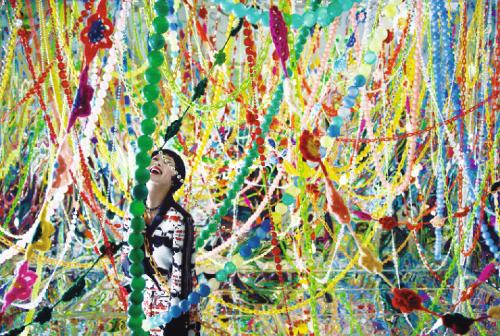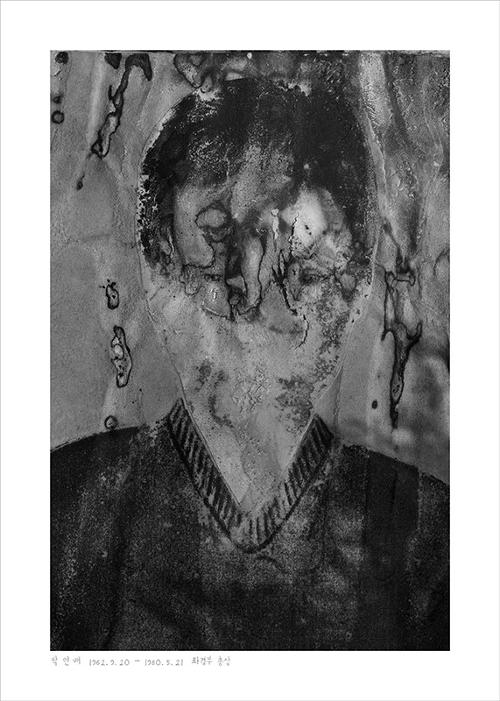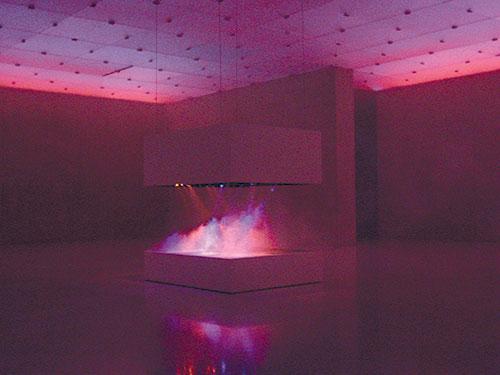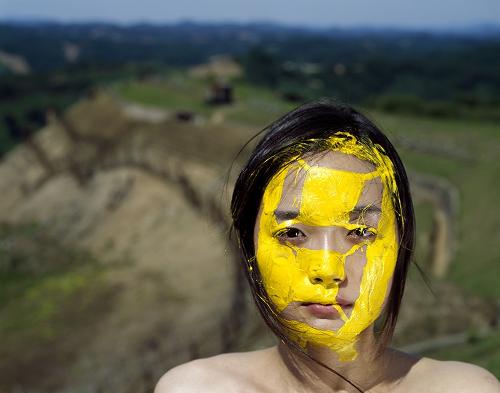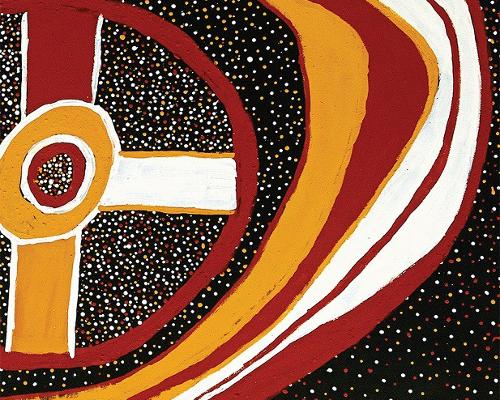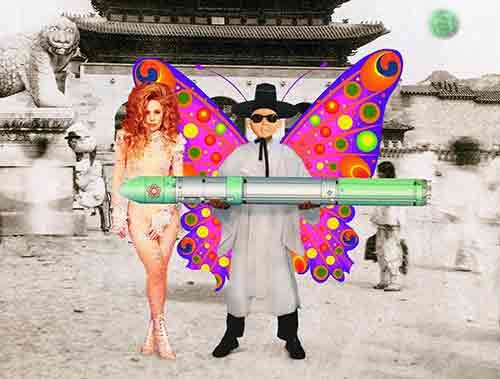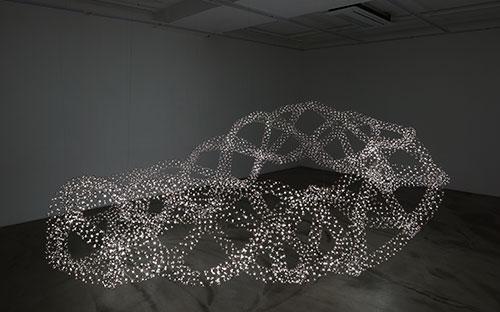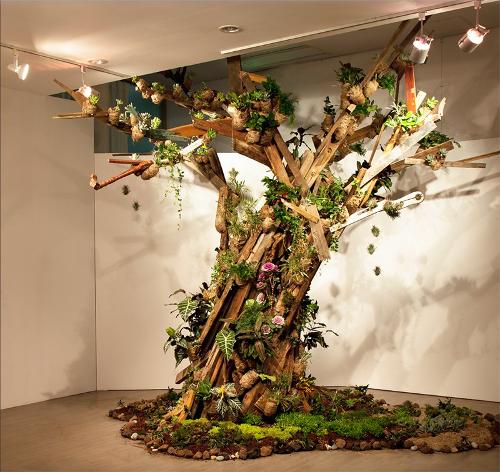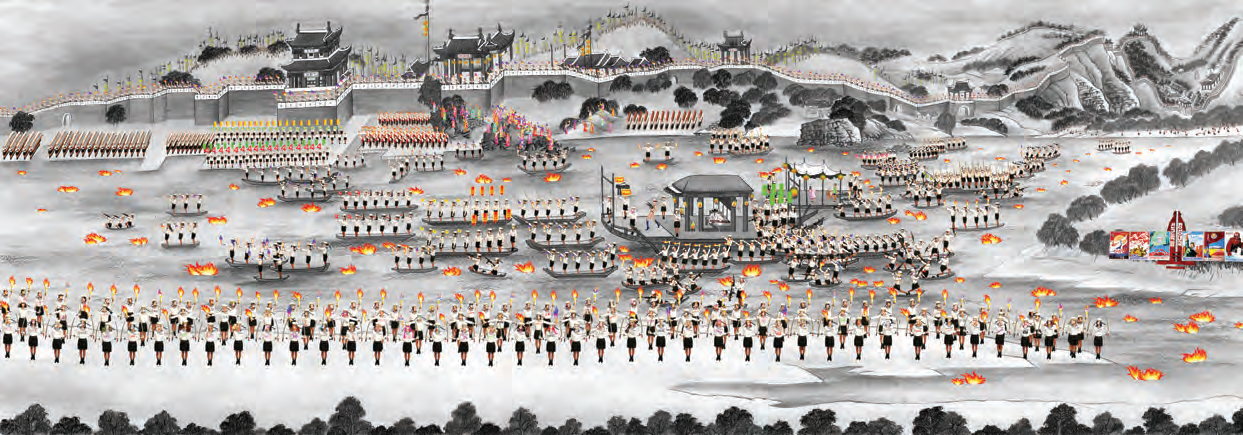
Why produce an issue of Artlink on contemporary Korean art? The seed was sown by seeing Korean works in biennales and triennials, being drawn to the power of much of it, and wondering why in Australia it is a rare find. Where we have become somewhat accustomed lately to seeing exhibitions from China and from elsewhere in the region, Korea, a country with a vast and innovative cultural infrastructure and significantly major contemporary art sector seems to be missing in action. The Asia Pacific Triennial is the event at which Korea has always been represented; as well as the Biennale of Sydney. And the reverse is true. It seems there is little Australian presence in Korea in curated shows, biennales; even as artists in residence. Korea and Australia are both middle powers and trading partners separated by a mere eleven-hour flight, and most Koreans speak English. There are cultural gulfs to be bridged but artist communities have enough in common to overcome these and build excellent peer-to-peer relationships.
Encouragingly, new Korea-Australia collaborations have been initiated at the museum level, kick-started by the Year of Friendship in 2011 when a large range of Korean and Australian projects were supported bilaterally. The current museum exchange between the Museum of Contemporary Art, Australia and the National Museum of Modern and Contemporary Art, Seoul is the co-curated Korea–Australia exhibition New Romance: Art and The Posthuman currently showing at MMCA Seoul and heading to Sydney in July 2016. The time seemed right for an Australian magazine to look in depth at Korean contemporary art and lay the groundwork for a more informed approach on both sides.
This will be the fifth Asian themed issue of Artlink and a significant addition to the Asia archive resulting from these occasional expeditions to capture the region's contemporary visual art cultures.
It is Artlink's first truly bilingual issue, and the decision to do this was in response to a sense that not only English speaking readers would be reading it. In my research phase in Seoul earlier this year, I was deeply impressed by how seriously contemporary art is taken in Korea. ("Korea“ is usually taken to mean South Korea, or the Republic of Korea, but the seriousness extends to North Korea, albeit for different reasons.) I realised that those involved would want to read the issue, even though the majority of the contributors were Korean. The English and Korean languages are utterly different, Korean operating in an abstract and poetic mode, and the challenges for translation are legion, but I learned quickly that difficult is not a word that Koreans are daunted by. The team of translators organised by the Korea Arts Management Service (KAMS) set to and translated in both directions with speed and accuracy.
The texts in this issue look at the overall theme from various points of view. The Australian writers tend to find the Australia–Korea relationship interesting. Korean writers have sought to analyse the trends in visual arts of the present moment and the recent past, and in doing so create a panopticon of where Korean artists and curators are going. I hope that non-Korean readers everywhere find this as fascinating and illuminating as I have. If there are art-historical correspondences and parallel paths with other developed countries it is because after the Korean War and the end of the uncomfortable half century connection to Japanese art traditions before that, artists started studying and working in Paris and Berlin, and then followed the trail to New York. In fact, so many spent such long sojourns away from Korea that “returnees“ became a new descriptor for those who came back.
A productive spinoff of the project is that TheArtro, the bilingual online art magazine published by KAMS, approached Artlink to co-publish a large proportion of the texts, in both its English and Korean editions. (See theArtro.kr.)
Artlink is indebted to many people and organisations. For generous funding, the Australia Korea Foundation and Copyright Agency. In Sydney, the dynamic Korean Cultural Centre for supporting a groundbreaking seminar with speakers from Korea; in Brisbane, Queensland Art Gallery/Gallery of Modern Art for hosting a launch in conjunction with the Asia Pacific Triennial; in Seoul, the Kim Daljin Art Archive Museum for hosting the Seoul launch. For unstinting advice in the development stage, I thank Alison Carroll, founder of Asialink Arts, Bo-young Lim at the Australian Embassy in Seoul and Australian artist in Korea, Yvonne Boag; Sooyoung Kim of Korea Arts Management Service (KAMS), the Advisory Committee: Chief advisor and Co-editor Yoon Jin Sup, with Yvonne Boag, Chang Seung Yeon, Tak Young-jun, Yeon Shim Chung, Phil Lee, Kim Inhye, Kim Hee Jin, Woo Hyesoo, Gim Jong-gil. Finally, of course, all the wonderful contributors.



